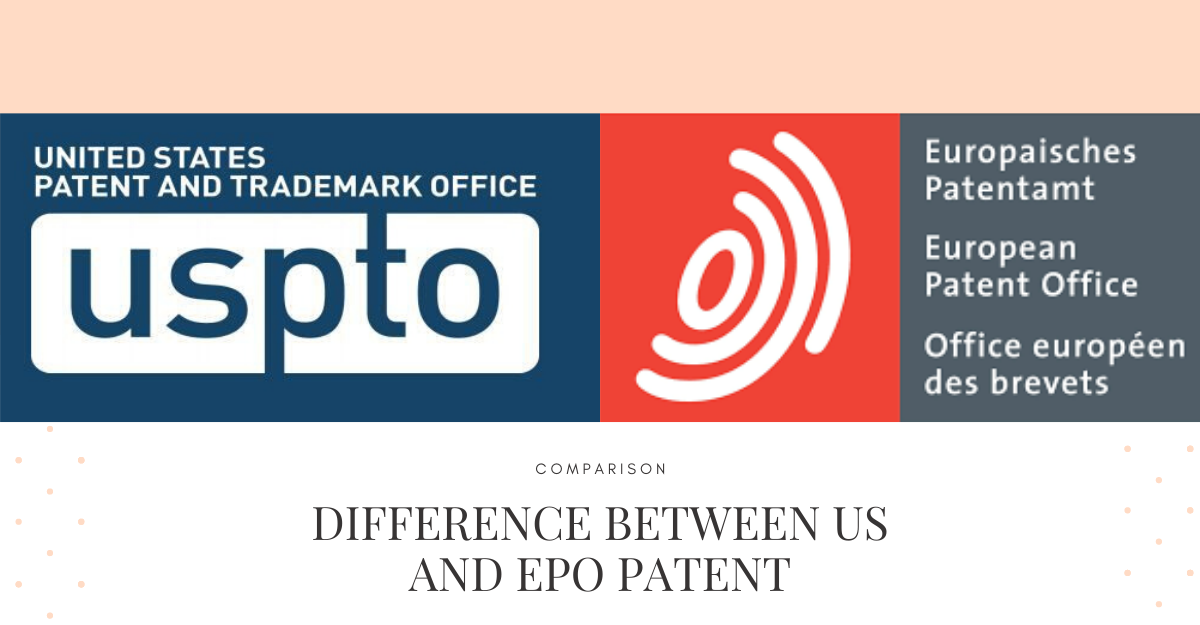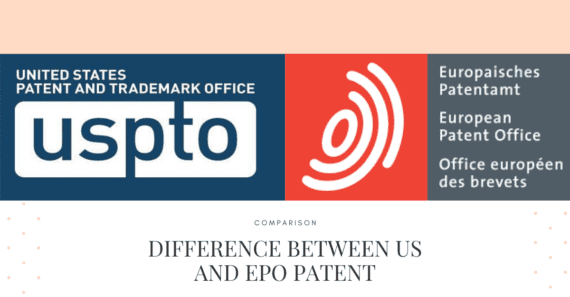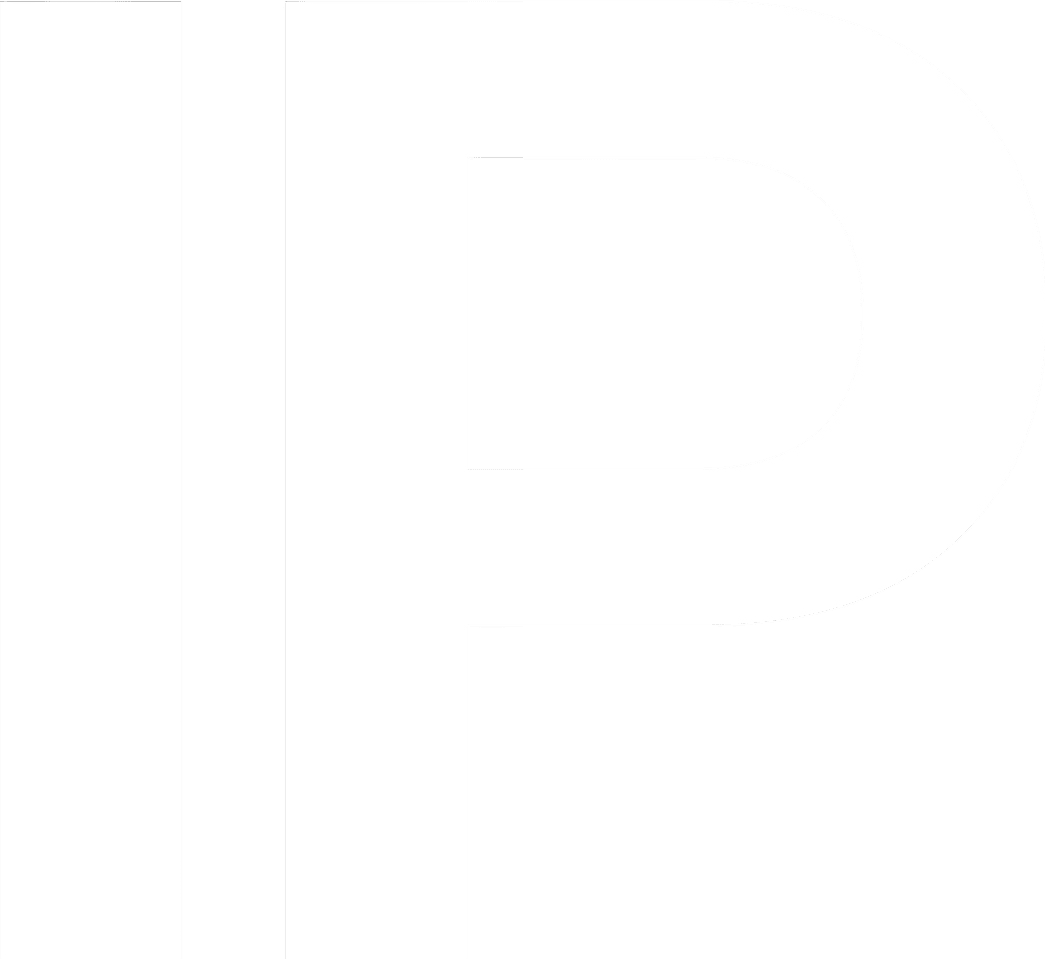
 The Korean Intellectual Property Office (KIPO), European Patent Office (EPO), Japan Patent Office (JPO), China National Intellectual Property Administration (CNIPA), and United States Patent and Trademark Office (USPTO) are the most significant patent offices around the world. They are responsible for handling about 85% of patent applications worldwide. We must understand the fundamental differences between EPO and USPTO patent processing.
The Korean Intellectual Property Office (KIPO), European Patent Office (EPO), Japan Patent Office (JPO), China National Intellectual Property Administration (CNIPA), and United States Patent and Trademark Office (USPTO) are the most significant patent offices around the world. They are responsible for handling about 85% of patent applications worldwide. We must understand the fundamental differences between EPO and USPTO patent processing.
This article would help inventors be aware of their patent rights when they find a market for their products in those countries.
Publicly available inventions
In some instances, the invention might become available to the public even before filing a patent application. Will the invention still be patentable?
EPO: The EPO considers an invention publicly available if the inventor discloses the invention in any media. It also includes situations where the inventor sells the invention or discloses it to an investor without signing an NDA. Article 54 of the European Patent Convention (EPC) rejects all patent applications for a publicly available invention.
USPTO: The US patent office is somewhat liberal. It gives one year to apply for a patent for a publicly available novel invention. Hence, the inventor can disclose the invention without fearing losing the patent right. However, the inventor should make the invention public by himself or by someone who knows about the invention directly from him. If any third party publishes it, the invention is no longer novel. But the law stands valid only in the US. If one discloses the invention, they lose their right to patent it in Europe.
Right to the invention
There are certain instances when two individuals may file a patent application for the same invention. Let us look into how the USPTO and EPO will handle the situation.
EPO: In this scenario, the patent filing date of the invention plays a vital role in EPO. The person who files the patent first gains ownership, irrespective of who initially invented the product.
USPTO: According to the Leahy-Smith America Invents Act of March 2013, the US patent office also follows a similar approach to grant the patent right in this scenario. The person who files the patent first is the owner of the invention.
Patentability of the invention in terms of novelty
USPTO: In the US, for an invention to be patentable, the invention must be novel (35 US Code section 102) and non-obvious (35 US Code Section 103).
EPO: Novelty in the EPO has a particular meaning. It implies that the invention must be a non-obvious solution or product, and it should solve a technical problem (i.e., a problem related to its design or working). Moreover, the invention must also include an inventive step in the solution to be patentable.
Ways to practice the invention
EPO: The patent application merely requests a method to use the invention, and the applicant doesn’t need to disclose all possible best methods to implement the invention.
USPTO: In the US, the patent application requests the inventor to state the best method to practice the invention. This method ensures that the inventor does not withhold any secrets about the invention. The Leahy-Smith America Invents Act declares a patent invalid if the applicant does not include this detail.
Publishing patent applications
Both USPTO and EPO publish the applications 18 months from the patent filing date. Publishing an application doesn’t mean granting the patent; however, the patent offices do not publish withdrawn applications or applications with non-publication requests.
What does a granted patent mean?
USPTO: Once an inventor’s patent gains approval, he owns the exclusive right of the invention in all USA territories. The patent owner can enjoy full patent rights and ensure that no one can manufacture, market, or use the invention in the USA without prior approval.
EPO: However, things work differently in EPO. There are 38 member states in the EPC. Hence, the EPO treats each individual granted a patent as a group of national patents. One can file all legal proceedings regarding the granted patent individually in each member state.
Claims in the patent application
EPO: The claims in EPO patent applications are always split into two parts. The first part of the claim lists some features found in the prior art (also known as the pre-characterizing portion of the claim).
It is followed by the phrases “characterized in that” or “with an improvement comprising.” The features after these phrases are that of the actual invention (also known by the term characterizing portion of the claim).
USPTO: Most of the applications in the US always go by claims with a single part only. But if the application has the claims in two parts, the pre-characterizing portion is always considered prior art. Hence, one should be very careful while writing their claims in two parts in a US patent application.
Opposing granted patents
EPO: Any individual can file a patent opposition against a granted patent with appropriate evidence and valid arguments within nine months from the date of issuing the patent. Both parties present their case before the EPO, and the decision from EPO is final. However, both parties can appeal against the EPO’s decision and have a chance at further oral proceedings.
USPTO: In contrast, a re-examination procedure can be requested in the USA against opposition in EPO; the person interested can question the patent’s validity with evidence. However, he cannot take part in the proceedings. The holder can justify his granted patents with valid reasons against the re-examination party’s evidence.
These are certain instances in which the USPTO and EPO patenting procedures vary. It is always recommended to stay fully aware of the patent process and the norms of applying for a patent.
